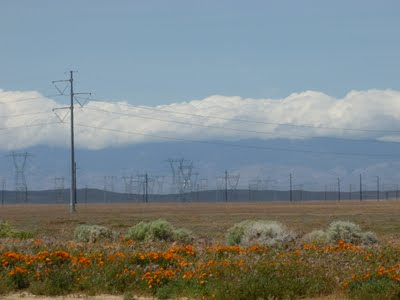Getting Solar Right
Today's hearing on Capitol Hill regarding the Obama administration's ill-fated investment of taxpayer money in the solar company Solyndra is an expected outcome from a misguided policy focused on creating quick jobs rather than smart investments. That does not mean that solar is dead, and it does not mean that we should stop supporting innovation and development in our solar industry. We need to look at our renewable energy needs and ask ourselves what will be driving investment and public support 20 years from now and what policies will get us there, not just what can make headlines tomorrow. What has been unfolding in America's southwestern deserts since 2009 -- rushed approvals for destructive solar facilities on public land creating only a handful of permanent jobs -- were symptoms of the same political myopia and hasty decisions that came back to bite administration officials at today's hearing. Obama's footprint in the desert is a clear sign that the Whi...





